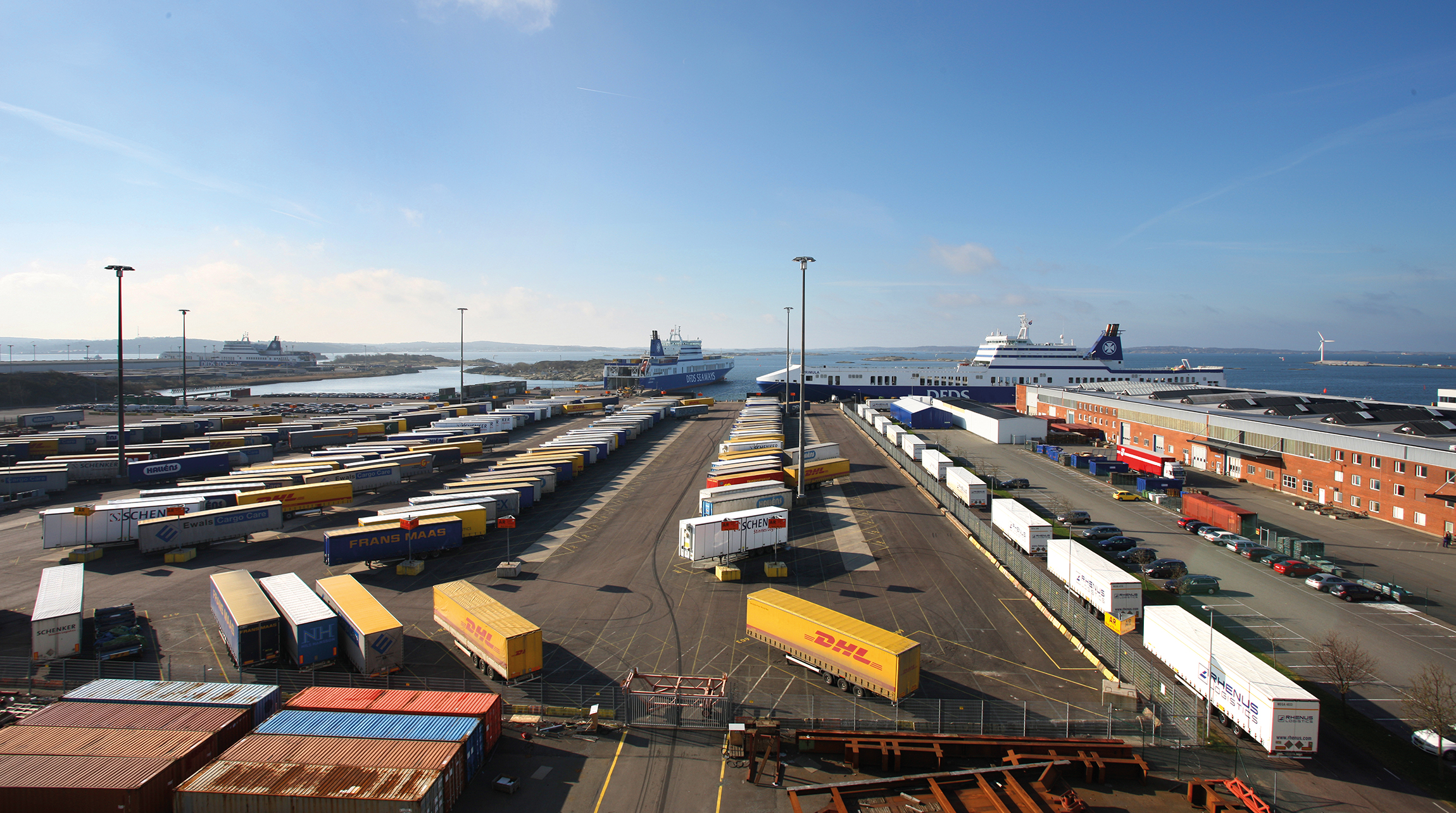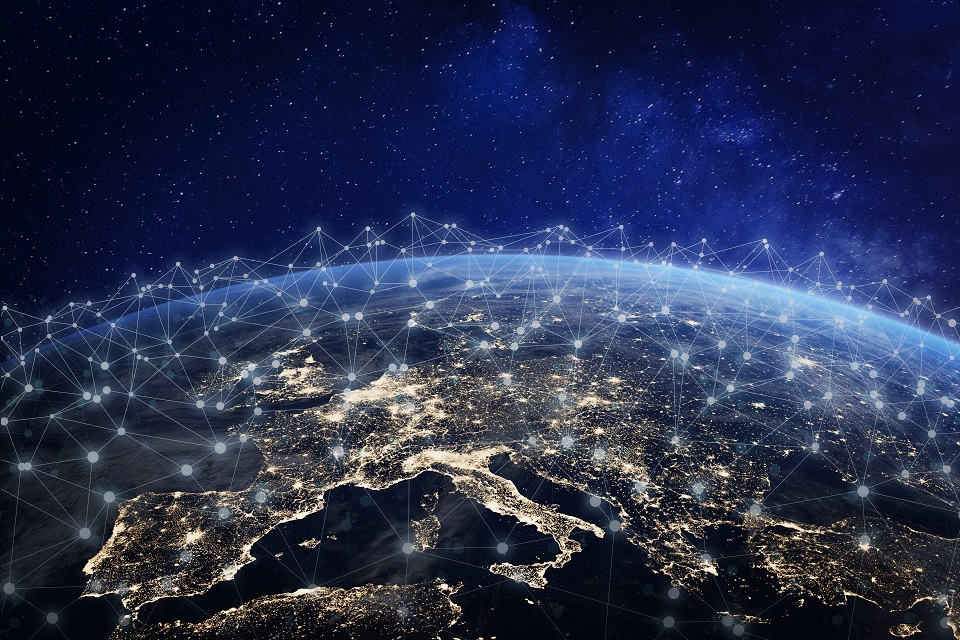
The impact of IoT on 3 logistics challenges
“The future belongs to those who think beyond the confines of today.”
For the shipping and logistics industry, the Internet of Things is the future. With IoT technology, vast quantities of data can be collected in real-time and used to overhaul the entire supply chain – from warehousing and cargo management to freight and last mile delivery. The result? A razor-sharp, data-driven supply chain which will not only drive value through optimisation of current processes but also open up for entirely new business models in the future.
To understand how the IoT is poised to revolutionise the logistics industry, let’s take a closer look at the technology behind it.

The Internet of Things: A Brief Definition
The Internet of Things is the moniker given to vast networks of interconnected objects such as commercial vehicles or individual pieces of cargo. These objects are outfitted with sensors, which can transmit large quantities of data to relevant parties in real time. Through predictive analysis, the data enables businesses to act on issues as they crop up. Problems, like congestion in cargo yards, perishable cargo not being properly tended to or vital machinery performing sub-optimally, can be identified and alleviated before they escalate. In that regard, the Internet of Things plays a key part in mitigating supply chain disruptions.
As such, it’s no wonder that IoT technology has been estimated to allow the industry to slash operational costs by 25% and lost sales by 75%. This makes the IoT a potent value driver for any logistics provider. Additionally, the Internet of Things may even facilitate new, profitable business models reliant on big data.
The economic upsides are, however, not the only reasons to invest in the IoT. In fact, the Internet of Things is likely to play a vital part in overcoming the following three, central challenges in the shipping and logistics industry.
1. Consolidating a Fragmented Infrastructure
“The potential of cross-sector, full-scale collaborative ecosystems is too large to ignore.”
Imagine an industry in which communication and data were shared between businesses to the mutual benefit of everyone. While that sentiment may sound utopian, IoT technology is actually driving the industry towards greater collaboration if you ask Sean Potter, Ferry Divisional Head of Digital & Systems at DFDS.
“The potential of cross-sector, full-scale collaborative ecosystems is too large to ignore,” says Potter. “Just consider the upside of being able to monitor non-sensitive data across industries and in real time. The insights gleaned from that type of centralised system would allow us to maximise efficiency throughout the supply chain.”
Still, current communications between sectors remain fragmented and opaque at best. Historically, poor communication has been the consequence of the granular, hands-on nature of how insights were gathered. These days, however, communication between sectors is not limited by technology as much as a lack of understanding of the potential benefits.
“A truly collaborative and decentralised communication ecosystem would allow the entire industry to pool non-sensitive data,” says Potter and continues: “This wouldn’t only allow organisations to cut down on administration, but also improve speed to market based on insights gathered collectively.”
Data pooling would also help fuel what is perhaps the most significant selling point of the IoT: Predictive monitoring. The greater the data sets, the faster patterns will emerge. The output? Higher operational accuracy and standardisation across collaborating sectors, which will translate to significant value gains for everyone in the collaborative and connected ecosystems.
2. Improving Security and Transparency
__“As interconnectivity becomes the standard in all fields of the logistics trade, it’s vital that the industry wakes up to the importance of digital security.” __
The question of security has changed rapidly over the last decade. Implementation of IoT technology has diminished the need for physical oversight of the supply chain as anything from rising temperatures in shipping containers to security breaches can now be monitored remotely. In other words, the IoT has improved security by enabling more transparent supply chain solutions. On the other hand, IoT technology has also expanded the digital space and created a greater need for data security.
In general, the industry has been slow in acknowledging the risks inherent to the digital space. “The industry doesn’t fully grasp the risk of hacking and poor data security,” says Potter. “As interconnectivity becomes the standard in all fields of the logistics trade, it’s vital that the industry wakes up to the importance of digital security.”
It will not be easy to shore up the industry’s approach to cybersecurity, but it will be necessary for it to prosper. The use of myriad communications and data platforms by separate departments that can’t or won’t collaborate makes it near impossible to implement security standards. In that respect, consolidation of communication platforms into a single ecosystem will make it easier to share best practices and standardise security, both in the digital and physical space.
In the end, greater transparency and standardisation of security will likely curb disruption to the supply chain and benefit logistics customers and providers alike.
3. Creating a Greener Supply Chain
“We are working on reducing our CO2 footprint by making shipping smarter at DFDS.”
There is no denying that the market for environmentally friendly logistics will continue to grow over the coming years. As such, environmental thinking should play a pivotal role in any company’s efforts to grow its business. While there is no one solution to the climate issue, the Internet of Things can help minimise the environmental footprint of the industry. “We are working on reducing our CO2 footprint by making shipping smarter at DFDS,” says Potter, highlighting three areas in which 4.0-thinking can feed into the industry’s environmental efforts.
Data analysis
First of all, data analysis allows logistics providers to predict cargo movement and minimise the number of empty units on the road at any given time. While this approach makes sense from a business perspective, it also reduces overall emissions.
Transparency
Secondly, the transparency afforded by IoT technology helps minimise waste and loss of cargo. That is especially true for the perishable goods category - seafood transportation being a particularly good example of this - which will not only benefit from enhanced monitoring of the cargo itself, but also from leaner, more efficient systems as a whole.
Automation
Finally, automation. “In the longer term, terminal automation is the future,” says Potter. “The physical handling has already been automated in the container sector, but RoRo still holds tremendous untapped potential in that regard.” As such, automation offers a path to a leaner - and thus greener - supply chain.
Closing Remarks: Invest Now or Risk Falling Behind
The Internet of Things is already bringing about a shift in the value chain. As for who will get to shape the future of the IoT, Sean Potter is crystal clear: “The future belongs to those who think beyond the confines of today.”
Companies will, in other words, have to invest significantly in technology and general 4.0 thinking to future-proof their businesses. “Those who understand that will come out on top in the race to harness the power of the IoT,” says Potter, underscoring the risk for companies that do not embrace future technologies and cross-sector collaboration. “Those who don’t embrace digital will fall so far behind their business may never recover.”
Are you attending the Transport Logistics Fair in Munich? Book a meeting with our sales team and meet us there!
DFDS is one of the largest providers of specialised and fully integrated supply chain solutions in Europe. Learn how we help our customers grow here.
Contact us
Start a conversation with one of our experts: let's talk about your transportation needs.
Back to DFDS at the Munich Fair
Book a meeting with a DFDS industry expert, experince our latest digital solutions, see our new routes, and more.
DFDS Newsletters
Check out the fascinating and informative stories DFDS has written about the different industries we cover and get up to date the latest news and trends.
